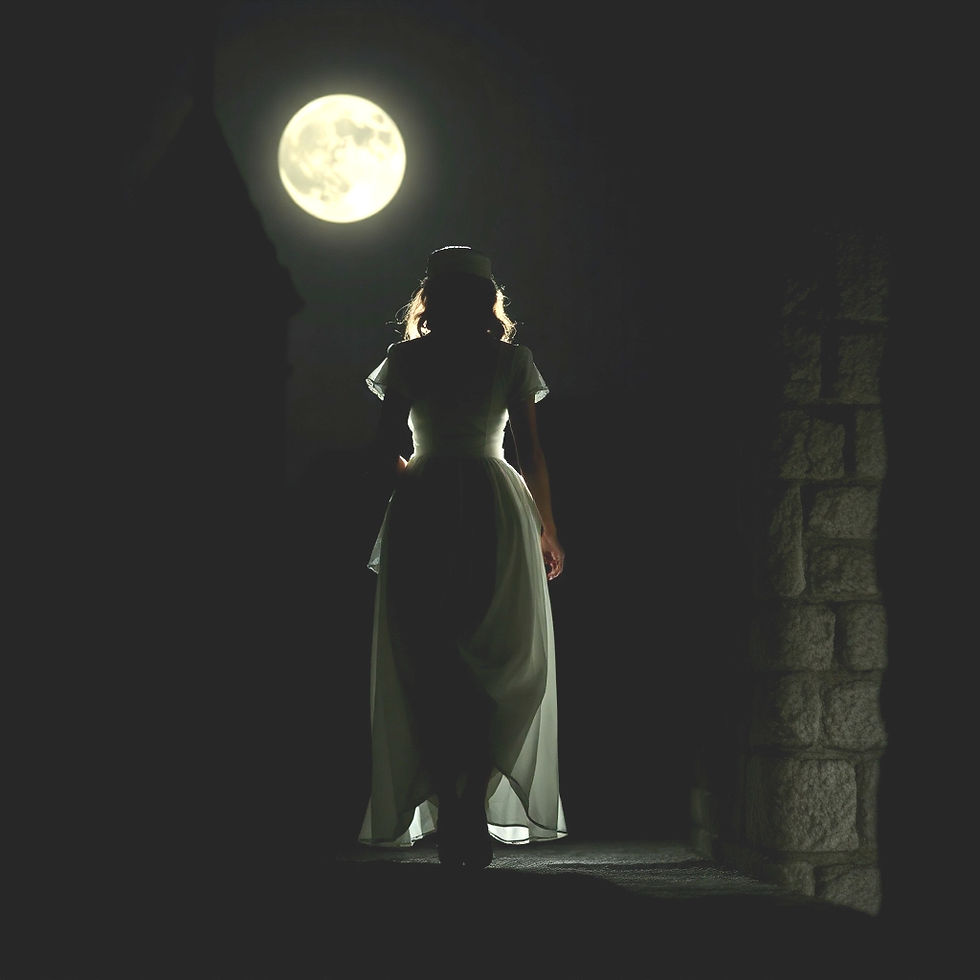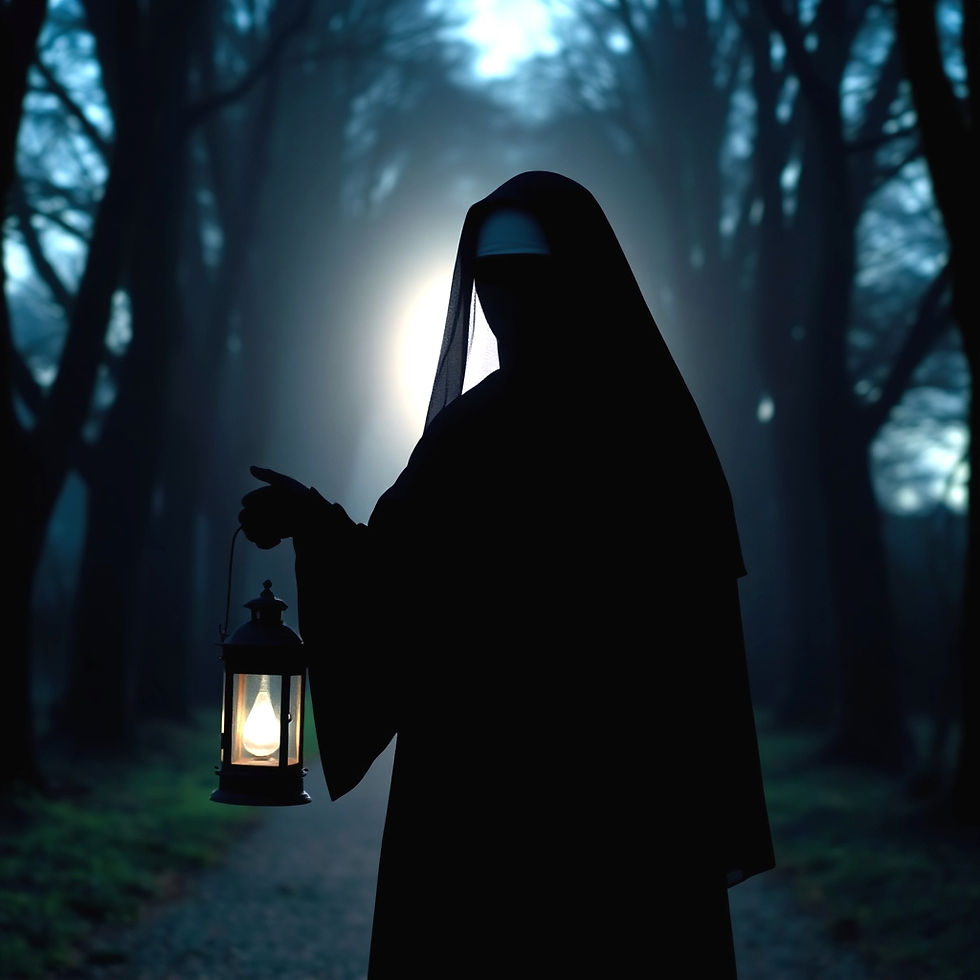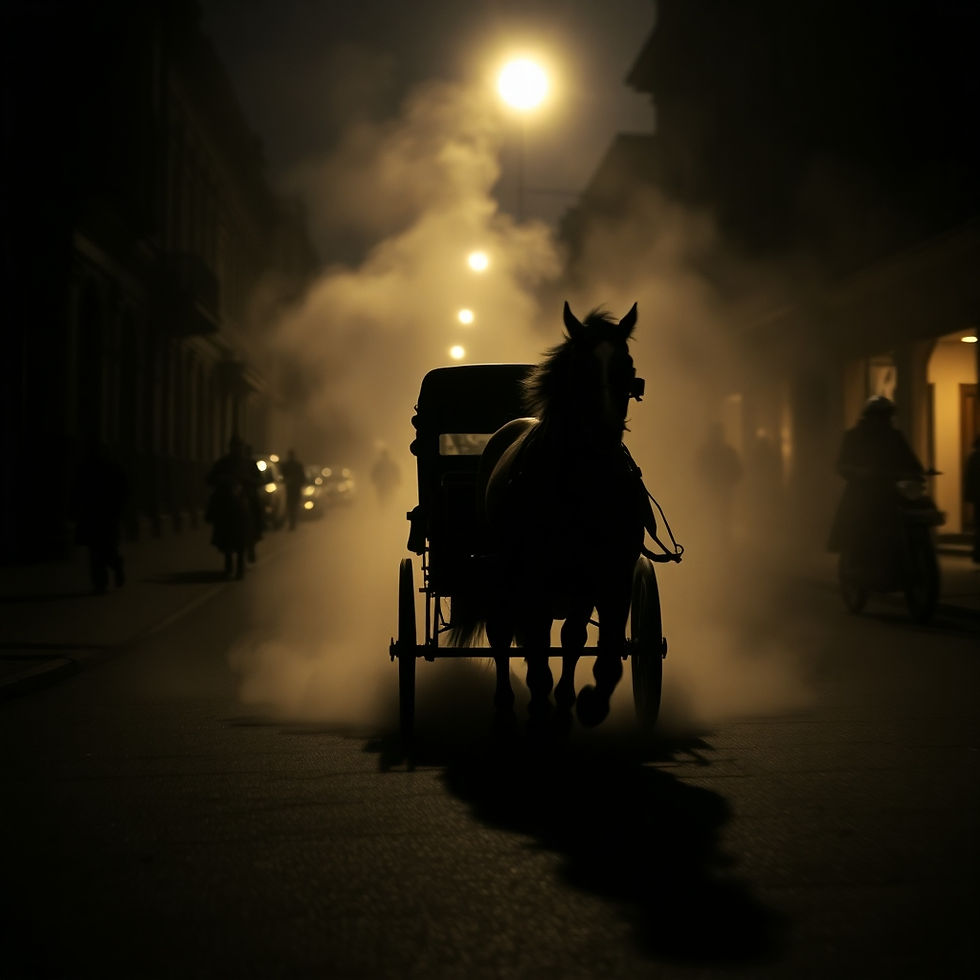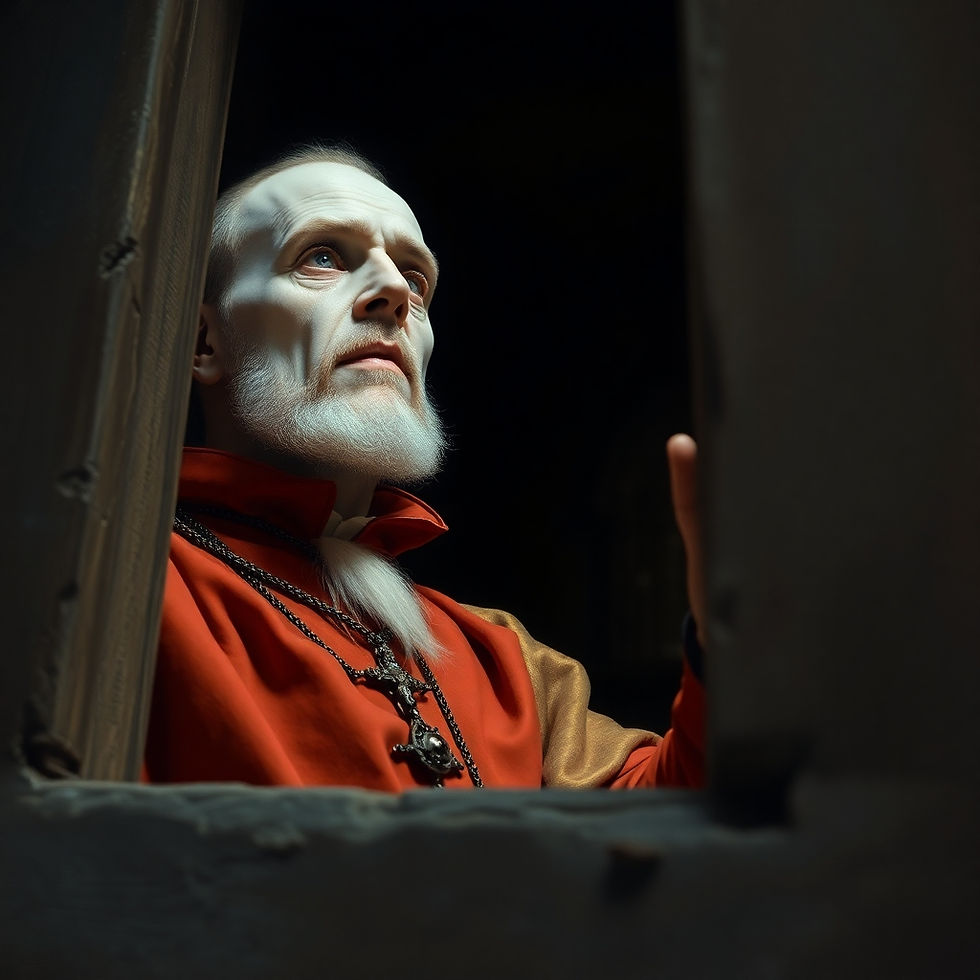Haunted Hotspots of St Andrews
- Greg Stewart
- Feb 28
- 4 min read
Updated: Mar 6
In a new series of articles, we will look at some of the main haunted hotspots in certain towns or regions. They are not definitive lists of all hauntings for that area, the purpose is solely to highlight the main reports. You are welcome to add your own favourites in the comments or if there is somewhere you would like us to feature, let us know.
St Andrews is known worldwide as the home of golf, and for its university where the future King, William, met his now wife, Kate. The town is, however, also one of the most haunted, and many people who know me personally, will know I consider it to be the most haunted town in the country.
So let's explore the haunted hotspots:
The Cathedral:
Without a doubt the best-known ghost of the town is the White Lady. Sightings of this phantom figure of a woman dressed entirely in white have been reported for centuries, with her often seen walking alone along the cathedral wall or grounds to a specific tower forming part of the wall, leading to the tower becoming known locally as the Haunted Tower.

The discovery of undocumented burials, including that of a young woman wearing a white dress and gloves, within the tower in the mid-19th century added validity to the reports. There are various theories on who she may be, ranging from an ancient Pictish princess to victims of the plague, or even one of Mary, Queen of Scots, ladies in waiting.
Nuns Walk:
This small lane which leads from the Pends roadway to St Leonards School grounds is named after the spirit that is said to roam there. She is believed to be a once beautiful and highly intelligent woman who lived during the 16th century. Following the loss of her fiancé, she reputedly decided to horrifically mutilate her face to avoid the attention of anyone else. She is said to have been treated for her injuries by the nuns who acted as nurses in the hospital that once stood close to the top of the lane, and afterwards took on nursing responsibilities herself, always wearing a veil to conceal her face.

Her spirit is said to be encountered in three forms. In the non-physical form, people report feeling uneasy and fearful around the lane. Dogs are said to refuse to walk along it also when her energy is present. In a physical but residual form, she is seen as a hooded figure, silently walking along the lane carrying a lantern to light her way. On rare occasions, she is encountered in both a physical and intelligent form, where she will interact with the witness, slowly raising the lantern while lifting her veil to reveal her face, a sight which is said to drive you insane with fear.
The Friendly Monk:
Returning to the Cathedral, or more specifically St Rules Tower, the remains of the first church built on the site, we find a more helpful spirit. Believed to be the ghost of Robert De Montrose, a monk who was killed in the cathedral by a young man under his mentorship, his phantom form is said to be encountered on the steep, spiral stairs of St Rules Tower. There are several reports of people struggling on the stairs, only for a man wearing old-fashioned robes to appear to offer help, before he continues on his way.

It is only later that they realise the stairs are too narrow for people to easily pass, yet they felt no one brush past them as their encounter. Enquiries with staff and others confirm there was no one else in the tower.
The Bishop's Coach:
Archbishop James Sharp rose in power during the seventeenth century, eventually becoming head of the Catholic Church in Scotland. His methods to gain power also created many enemies.
On the 2nd of May, 1679, he was assassinated a few miles outside St Andrews after being stopped as he travelled back to his castle in the town.

His coach is reported continuing its journey towards the town, and to see it is said to be a warning of pending misfortune. His coach is also reported in various streets in St Andrews, including Golf Place, South Street and the Pends. When witnessed on the Pends, it is often said the Archbishop can be seen screaming from the coach window with a hand on his shoulder holding him back, before the coach plunges into the harbour. It is said the hand is that of Satan, due to people of the time making reference to him being in league with the Devil.
The Castle:
St Andrews Castle acted both as a defensive structure and as a palace for the successive bishops and archbishops. Amongst the spirits said to still linger, is that of Cardinal David Beaton, who oversaw one of the darkest events in the town, one which ultimately led to his murder.
The 16th century was a turbulent time in Scotland, with rising belief in the Protestant faith challenging the Catholic establishments. Following the execution of the first Protestant Reformer in St Andrews, Patrick Hamilton, those in power were on high alert. When one of Hamilton's supporters and former protector, George Wishart, rose to prominence as a Reformer, Cardinal Beaton made several attempts to stop him, before having his arrested and, after a mock trial, burned at the stake in front of the castle.

However, he misjudged the support Wishart had, it is sometimes said even the executioner apologised to him prior to carrying out his duties.
A short time after the execution, a small group of men sneaked into the castle under the guise of workers helping improve the building's defences. They were able to secure themselves inside, alone with the Cardinal. After murdering him, his body was reputedly hung out of the window from which he had watched George Wishart burn, before it was placed in a barrel of salt in the dungeon.
A year-long siege followed, which only ended when the French navy, supporters of the Scottish Catholic church, arrived and bombarded the castle with cannon fire.
The ghost of Cardinal Beaton is said to wander the castle, most often seen looking from his former private chambers out over the site where George Wishart was executed. The phantom of Wishart has also been witnessed on the street outside.
We hope you enjoyed this round up of the ghosts of St Andrews, watch out for our next Haunted Hotspots article.




Comments